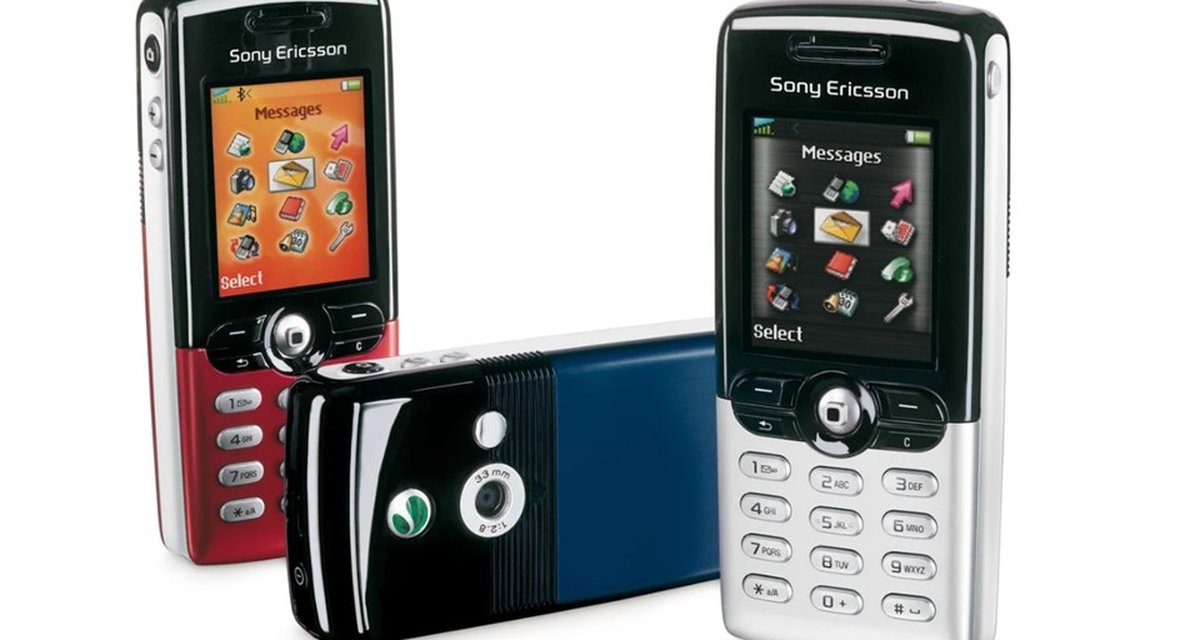In the early 2000s, the mobile phone market was dominated by names like Motorola, Samsung and Nokia, which had varying levels of presence in the industry. However, one prominent company of the time disappeared: Sony Ericsson.
Despite launching successful models, this manufacturer, which brought together two forces in the technology market, had a relatively short life; it existed for about 11 years, which left a mark in the public memory.
Sony Ericsson upset the giants with its bolder devices and focus on sectors its rivals had not targeted, such as music, but internal and external turmoil meant it had a less glorious end than expected.
The beginning of Sony Ericsson
Sony Ericsson a joint ventureA company formed by the partnership of two other companies, but with the autonomy to act relatively independently. As the name suggests, this An alliance between Japan’s Sony and Sweden’s Ericssonreferences in different sectors of the industry.
Sony was already a legendary company, one of the brands that helped rebuild Japan after World War II. Ericsson was already seen as one of the most important companies in the phone market.
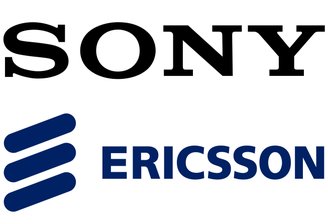
Sony Ericsson Created August 2001 To help both brands, Sony has been disappointing in the mobile phone market, while Ericsson has suffered a series of financial losses after launching overpriced models and is facing a production shortage after a fire broke out in a chip factory.
The two shared responsibilities with equal participation. Sony worked more on financing and marketing, while Ericsson took special care of the technical side.
It was the first mobile phone Sony Ericsson T68iFrom 2002. It was a version of the Ericsson T68, but One of the world’s first commercial phones with a color screen and tri-band signal supportIt was suitable for use anywhere in the world. It also had a removable camera module and the still rare Bluetooth.
The start was turbulent, and the joint venture operated haphazardly for two and a half years, with many expenses and little return. Ericsson was particularly unhappy with the delay in profits and threatened to end the partnership.
Again in 2003, the devices started to gain popularity. Initially, Captures 6% of the global market recorded its first profit in the middle of this year. Here it seemed that the joint venture would be successful and long-lasting.
The end (or transformation) of Sony Ericsson
Sony Ericsson once again faced sales problems when launching its iconic models. Furthermore, the brands were unable to resolve their differences and often disagreed on strategy.
Models for listening to music were successful, but were eventually replaced by MP3 players, led by the iPod. The arrival of the iPhone (2007) and the Android platform (2008) left the company behind, leading to the emergence or implosion of other brands.
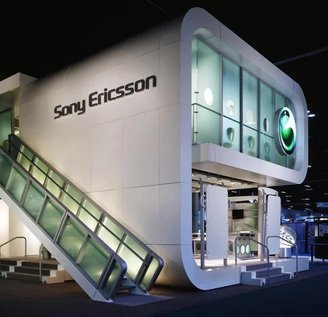
Over the years, Sony Ericsson has released models with other systems such as Symbian, Windows Mobile and UIQ but has fallen behind in the early smartphone race.
Registered in the second quarter of 2008 97% drop in profits in addition to 2,000 job cutsOther tax reports were less encouraging, but the joint venture did not end as expected.
The reason for this is Sony announced its intention to acquire Ericsson’s shares in October 2011 (US$1.47 billion). The negotiation was successful and was completed the following year.
The brand later became Sony Mobile Communications, or Sony’s mobile phone division. In 2013, the offices were permanently moved from Sweden to Japan, marking the complete absorption of one of the parties.
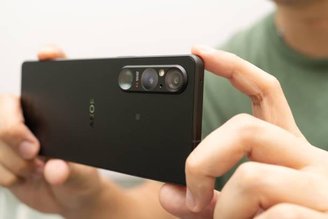
Sony Continued with Xperia modelsBorn at Sony Ericsson and becoming the main smartphone family of the brand. Today, the situation in mobile is not very good either, but that is the subject of another summary.
Sony Ericsson’s iconic models
- THE T610 It was the first completely original success, with an iconic design and features such as infrared.
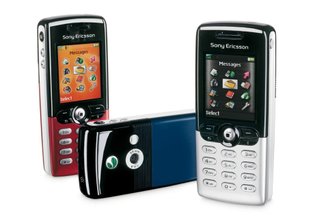
- THE K700i It was a success for the company in terms of the number of models sold. It was cheaper than its competitors and had 40 MB of memory, FM radio, TFT screen and MP3 player.
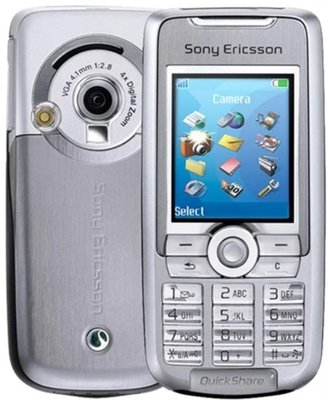
- THE S700 It had a different design with a rotating keyboard on the back. The 1.3 MP camera was better than its competitors at the time.
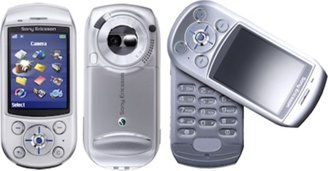
- THE P900 It had a stylus touchscreen and Symbian operating system.
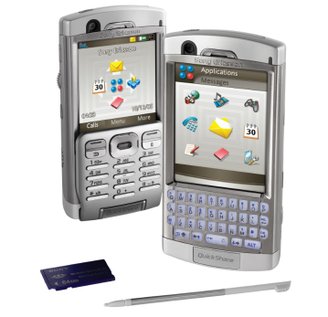
- THE Walkman W800iIt was the first model of the Walkman series from 2005. It came with a battery that provided 30 hours of music playback and high-quality headphones.
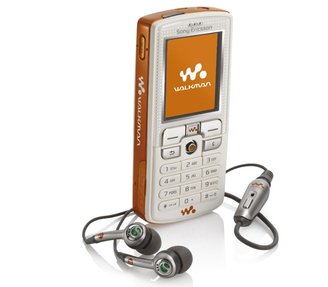
- THE W580iIt came in a slider format with a variety of colors starting in 2007. She starred in movies and music videos and was a highly sought-after model at the time.
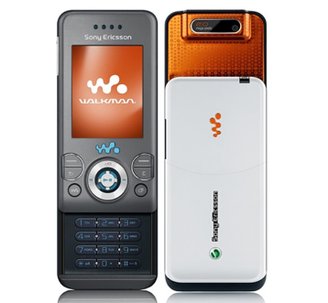
- THE Xperia X1 It was manufactured by another brand, HTC, and ran Windows Mobile. It was the first in the Xperia family of smartphones.
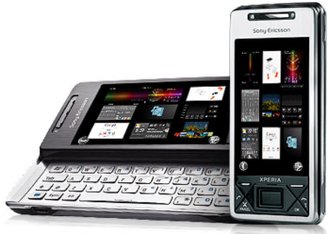
- The intriguing Xperia Play was a gaming phone with PlayStation-style swipe controls and the ability to play heavier games.
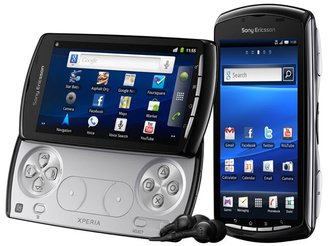
In addition to recalling brands in the mobile phone industry, TecMundo also revealed the whereabouts of Fotolog, one of the most classic spaces to publish images on the Internet before social networks.
Source: Tec Mundo
I am a passionate and hardworking journalist with an eye for detail. I specialize in the field of news reporting, and have been writing for Gadget Onus, a renowned online news site, since 2019. As the author of their Hot News section, I’m proud to be at the forefront of today’s headlines and current affairs.






